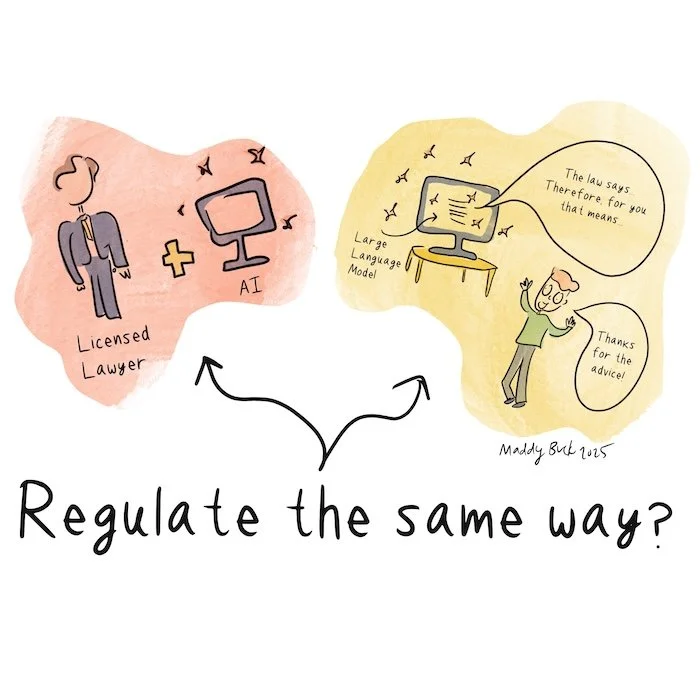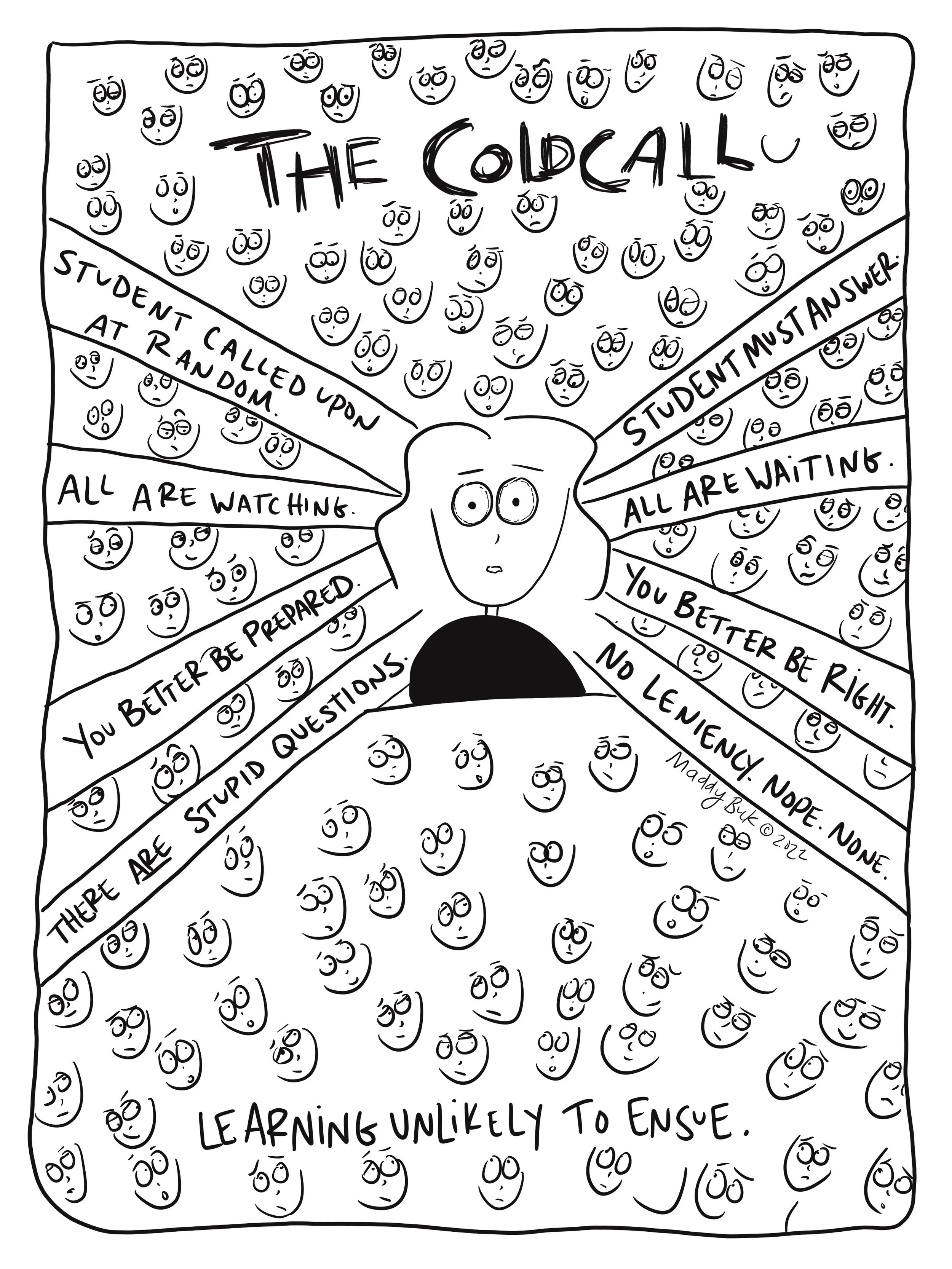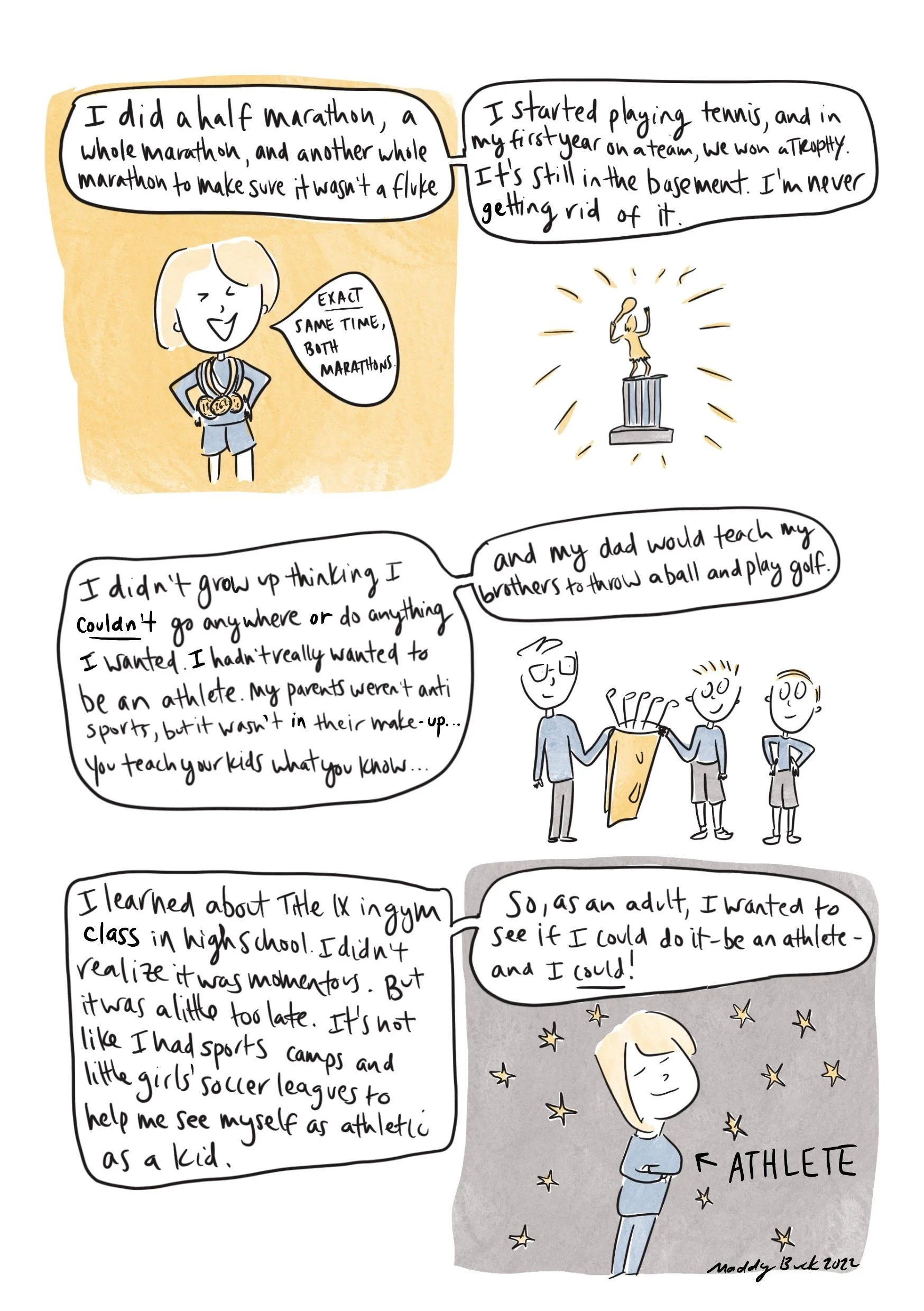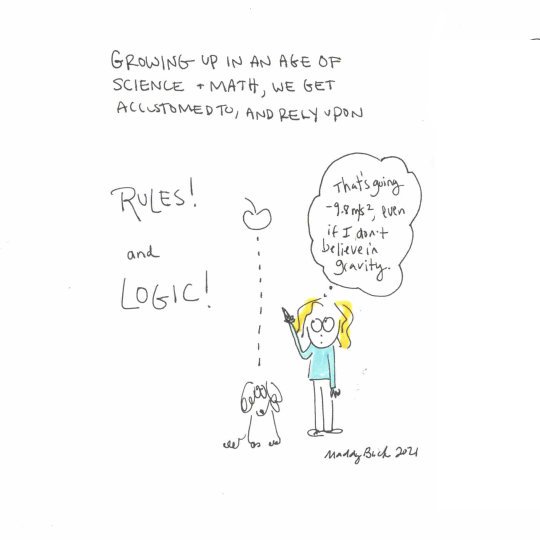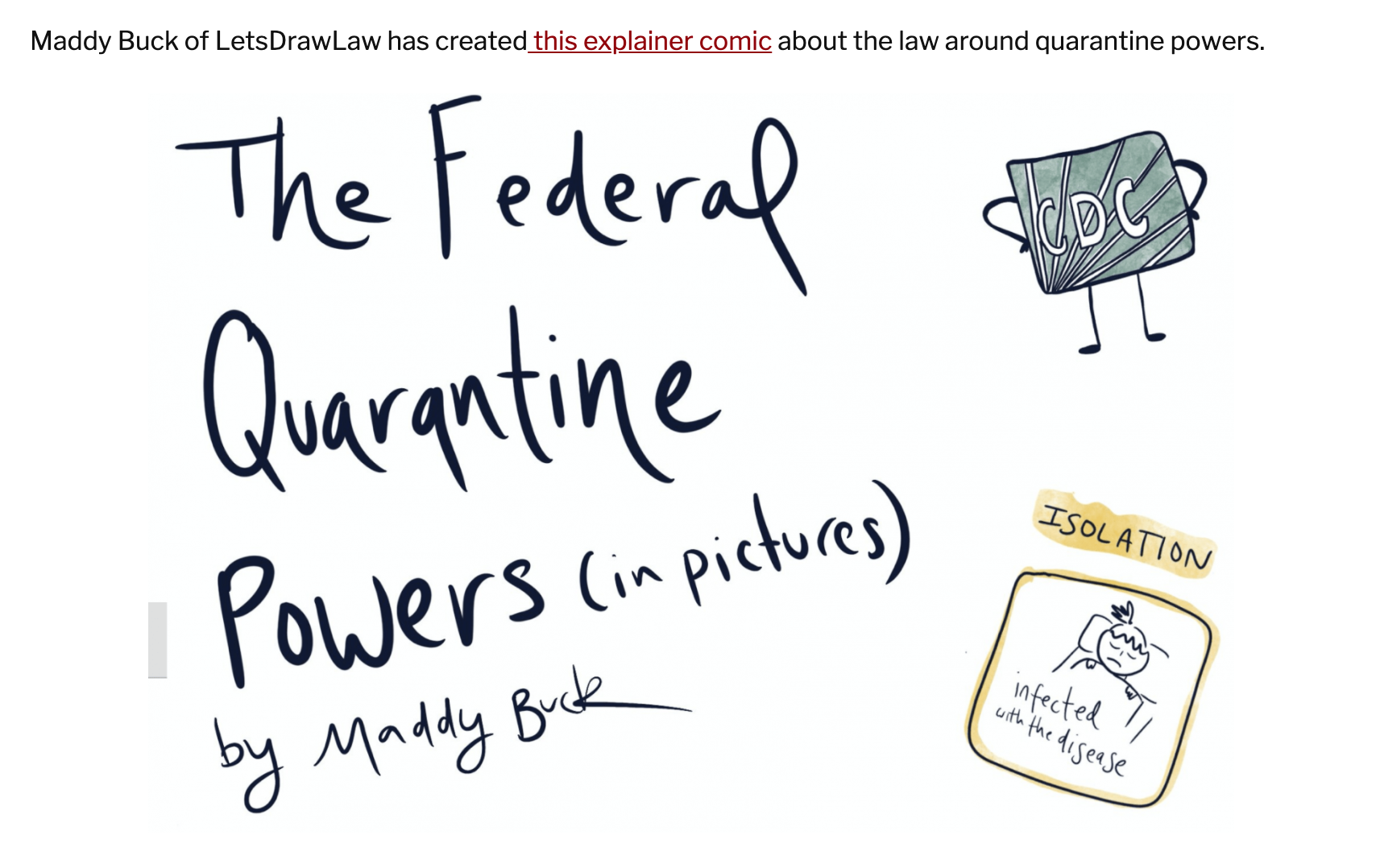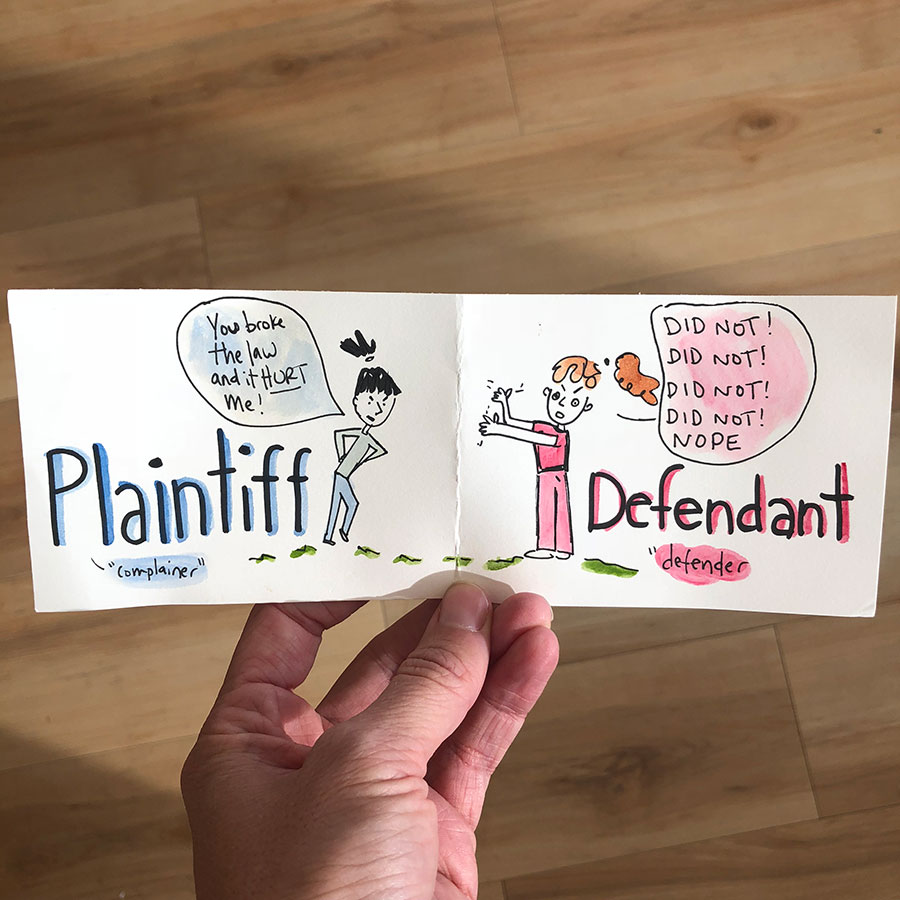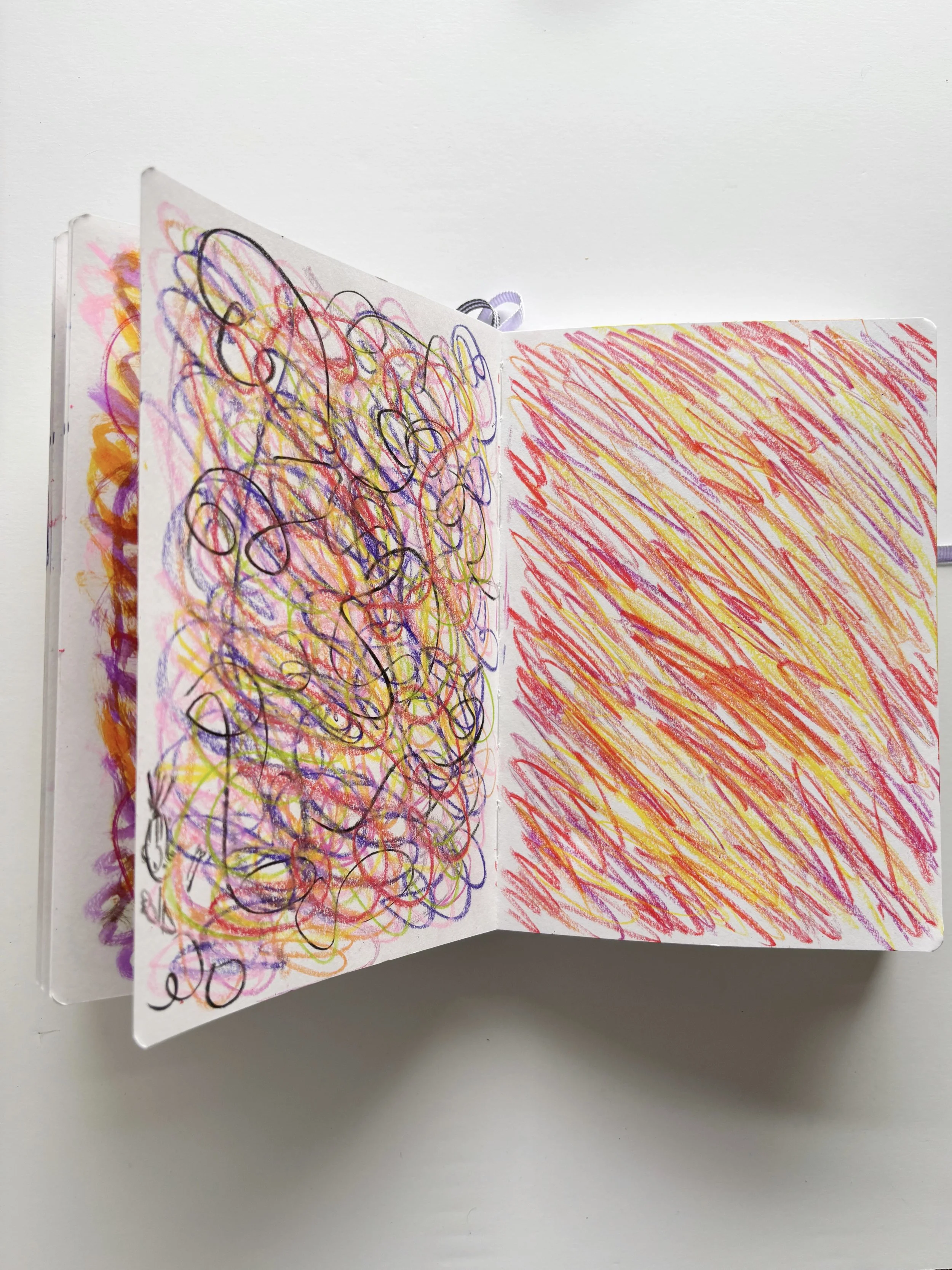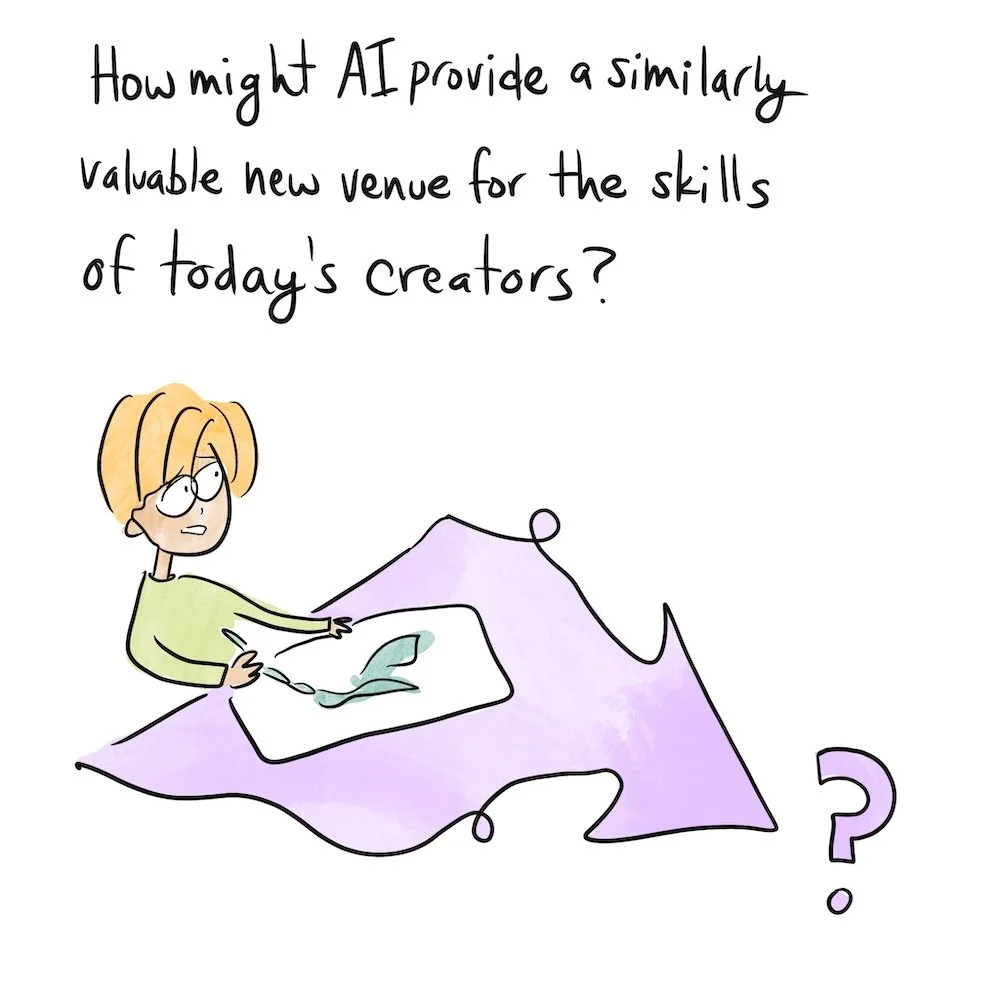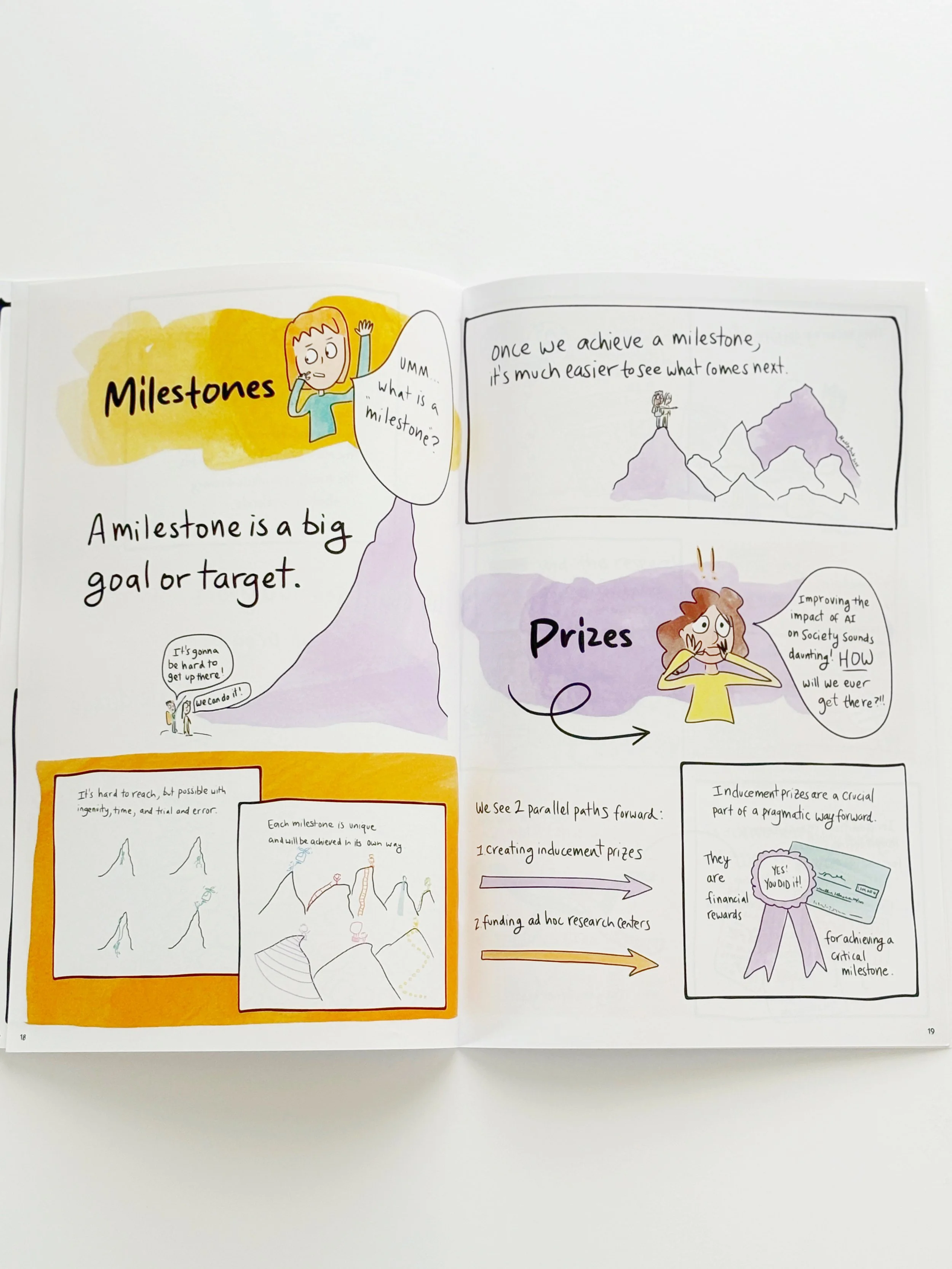
Madeline Buck
Madeline Buck
A First Amendment Decision or a Reply to a Postcard? Both, Apparently.
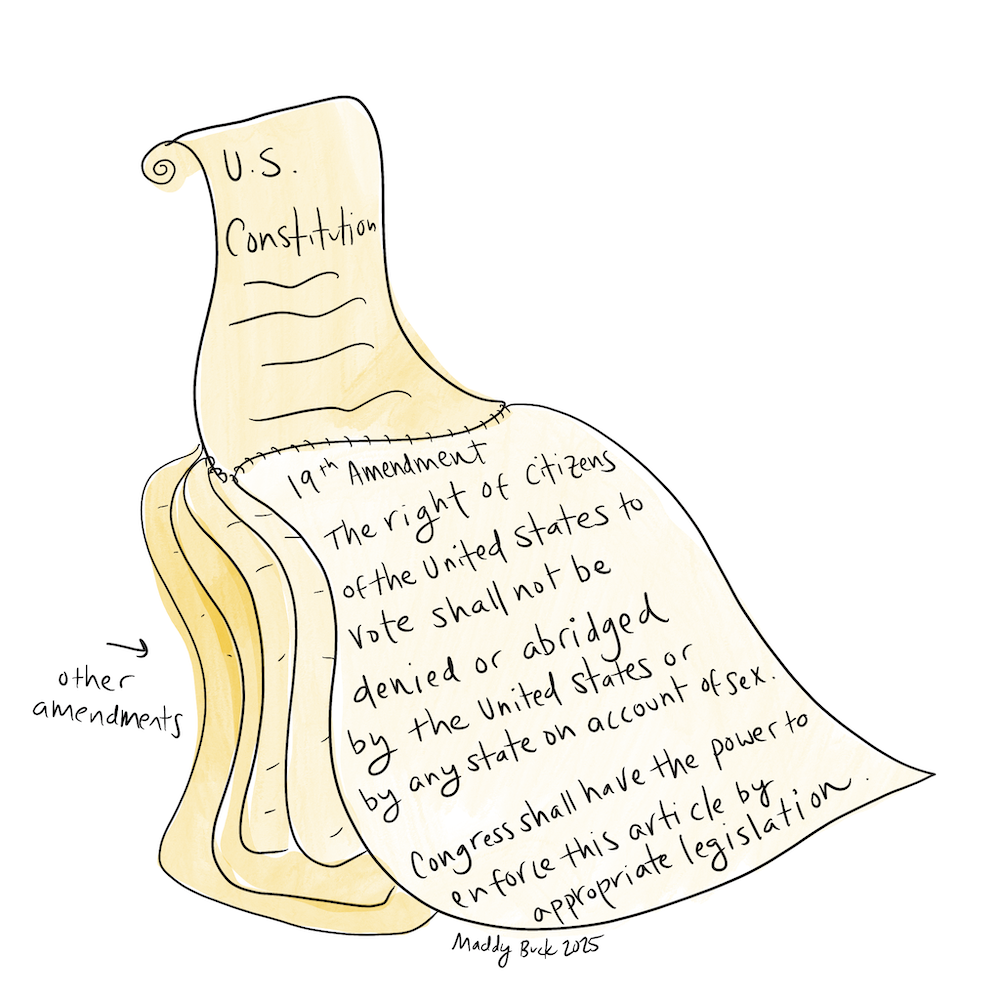
Browse by Topic
#LetsDrawLaw - Legal Explainers
Blog
What exactly is the law behind the Bde Maka Ska name litigation? This post explores the background and the law, which the Minnesota Supreme Court will consider in its 2019-2020 term.
Colorful
Blog
AI, Tech, Illustrated
Blog
What if AI focused on drudgery instead of replacing artists or workers? What problems could be solved if AI targeted the big problems?

